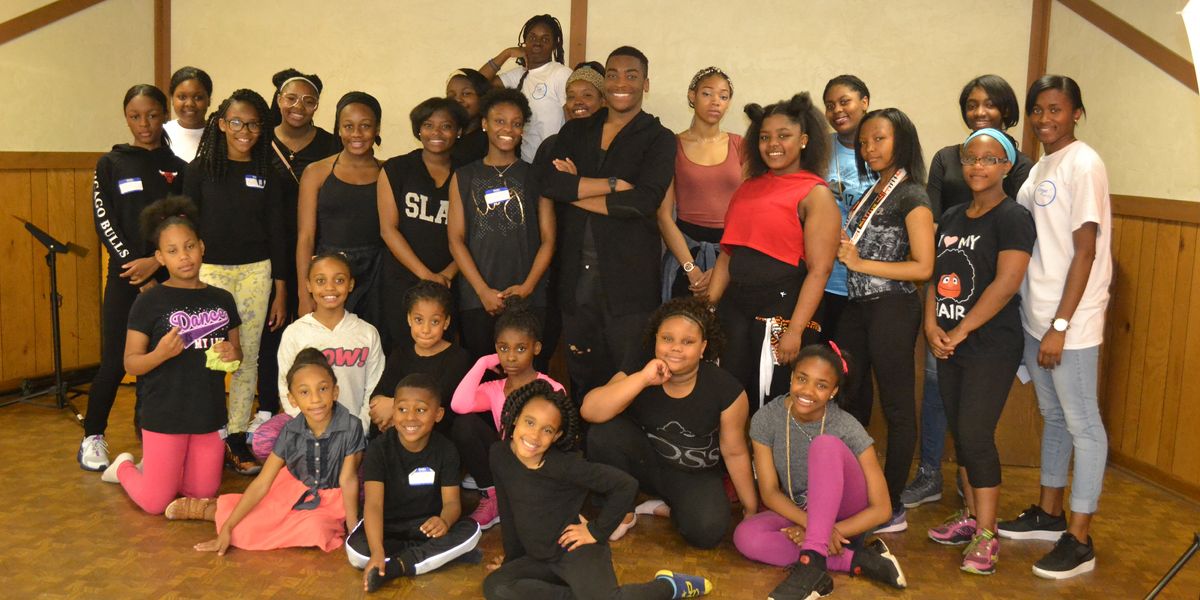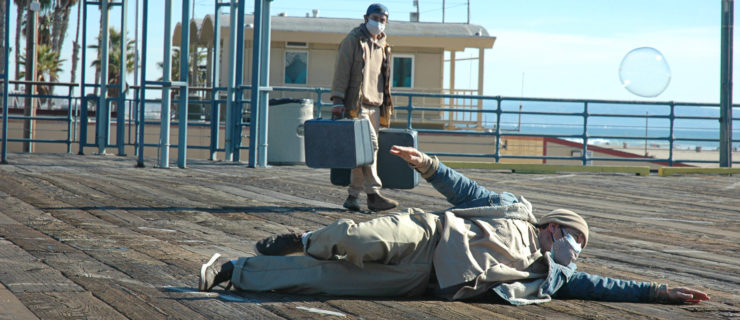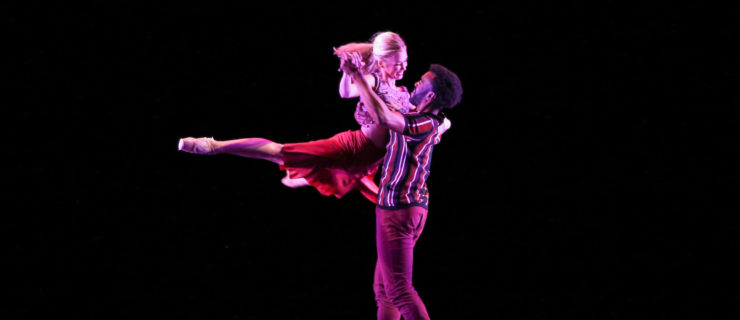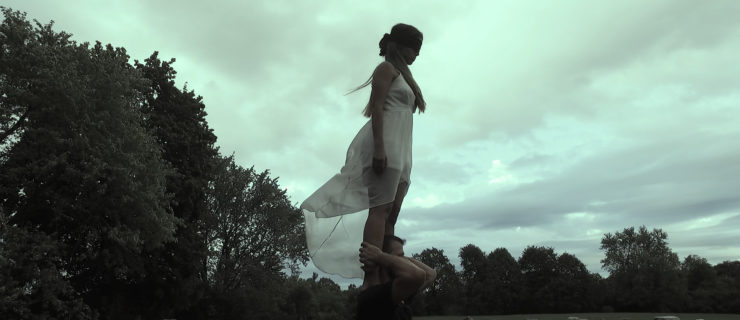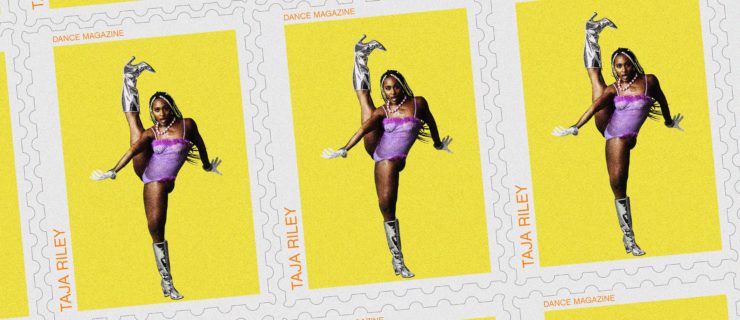How One Teacher Uses Dance to Combat Memorial Day Weekend Gun Violence in Chicago
Memorial Day is notoriously one of Chicago’s bloodiest weekends. Last year, 36 people were shot and seven died that weekend. In 2017 and 2016, the number of shootings was even higher.
When Garley “GiGi Tonyé” Briggs, a dance teacher and Chicago native, started noticing this pattern, she was preparing her second annual Memorial Day workshop for local youth.
The event’s original aim was simple: “I wanted the youth of Chicago to have somewhere they could come and learn from different dancers and be off the streets on the South Side on this hot holiday,” she says.
But hearing about last year’s March for Our Lives in Washington, DC, made her want to do something more.
“I was so inspired by how the high schoolers took initiative and created this awesome movement to address the gun violence happening in schools,” she says.
So Briggs, who also has a master’s in health care administration, decided to refocus her workshop. Now called #Dance4OurLives, the expanded weekend of classes for dancers of all levels explores how movement can be used to address Chicago’s gun violence.
This weekend, her third annual workshop is being held May 18–19, as a precursor to Memorial Day weekend at the Breakthrough FamilyPlex on Chicago’s West Side. Free, unlimited classes for kids and teens include ballet, modern, jazz, hip hop, liturgical, Latin and African. (A special class, called Fit2Move, will also be offered for children with disabilities, as well as a track for adults at $5 per class or $15 per day.)
Briggs recruited teachers from all corners of Chicago’s dance community, from Deeply Rooted Dance Theater’s Dominique Atwood to former Chicago Bulls’ Luvabulls choreographer Kim Tyler.
“That was another goal: to really work on uniting our dance community to do our part in addressing this issue and trying to provide a change. Even though the number of shootings may drop a little bit, the issue is still there.”

Courtesy #Dance4OurLives
Instructors will address gun violence in small groups throughout technique classes, and special sessions will dig deeper.
The “Dance Is Healing” workshop, for example, will be taught by an art and dance/movement therapist, who will use conflict resolution and examine how youth can use movement to “help ground themselves, as well as their interactions with other people,” says Briggs.
The “Men in Dance” session will address stereotypes and encourage men to embrace dynamics spanning from sharp hip hop to graceful contemporary dance. “They’ll explore those different facets and talk about how it’s okay to want to be a dancer or be more creative.”
Briggs notes one student in particular that #Dance4OurLives has had a huge impact on: A young man who attended as a beginner the first year. This fall, he’ll head off to college as a dance major. “That has been one of the big testimonials of what originally started off as a way to give youth something fun and creative to do—to actually see that it helped transform his life.”
“I know the track record of dance and what it can do for individuals,” she says. “If we bring dance to those who may have never been exposed to it, or don’t have the resources to continue on with it, it can bring forth change. I do believe it’s a tool—and a part of the solution in our city.”
